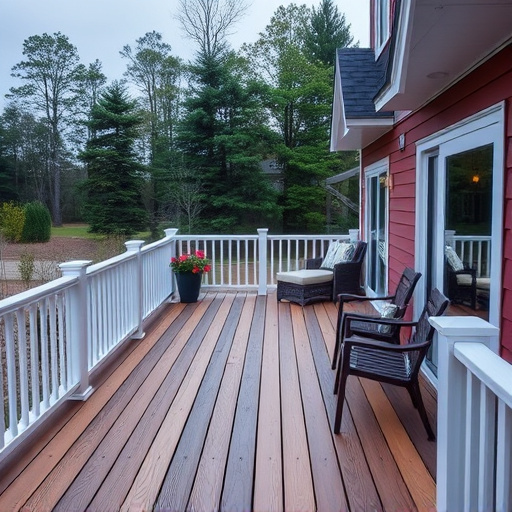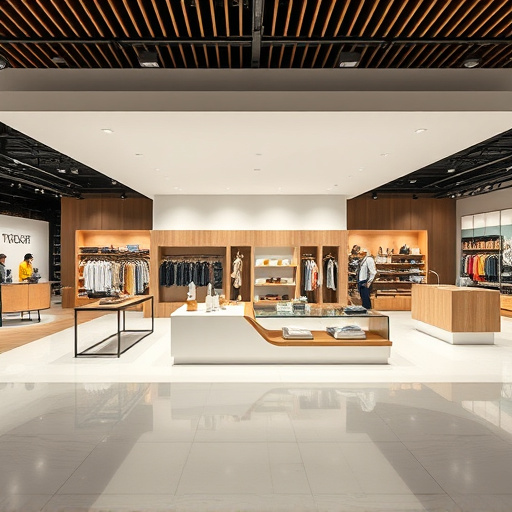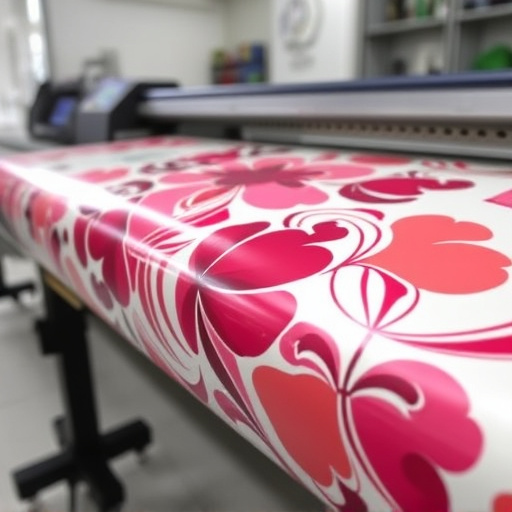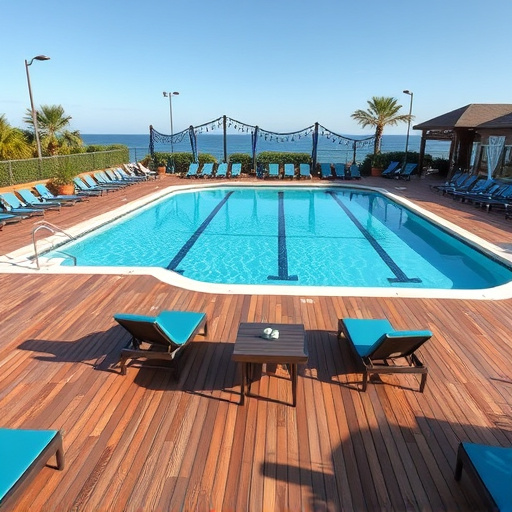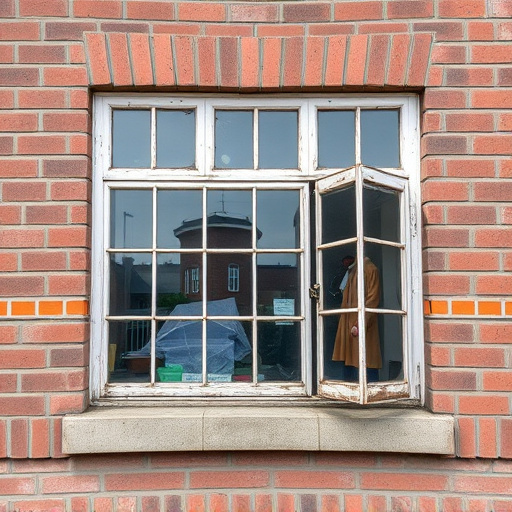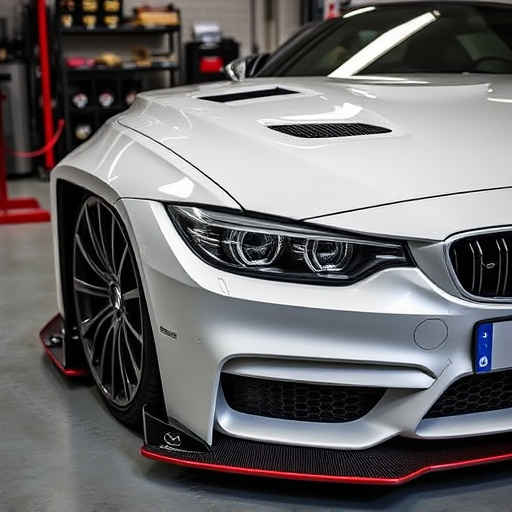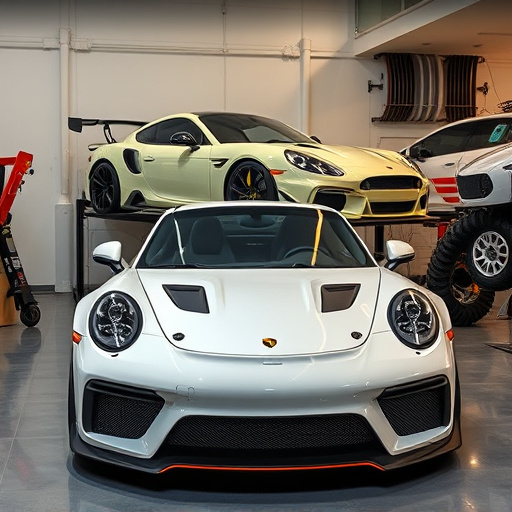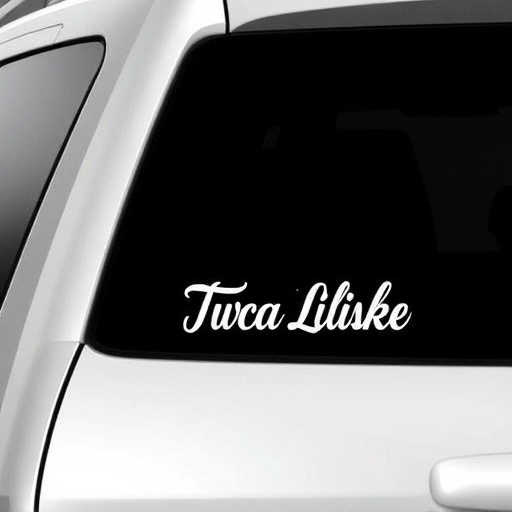Heat rejection tinting is a cutting-edge window treatment using ceramic coatings to actively reflect and absorb UV rays and infrared heat, keeping indoor spaces cooler and saving energy. Versatile across sectors, it protects against sunlight damage, enhances comfort, and reduces cooling costs in cars, homes, and commercial buildings while maintaining clear visibility.
Discover the transformative power of heat rejection tinting—a cutting-edge technology designed to mitigate excessive heat gain in vehicles, homes, and commercial spaces. This innovative solution goes beyond traditional window tinting by actively rejecting infrared radiation, thereby reducing internal temperatures and enhancing energy efficiency. Explore its diverse applications, from automotive sun protection to architectural design, and uncover the benefits that make it a game-changer for comfort and sustainability.
- Understanding Heat Rejection Tinting: The Basics
- Applications: Cars, Homes, and Commercial Spaces
- Benefits and Technologies Behind the Innovation
Understanding Heat Rejection Tinting: The Basics

Heat rejection tinting is a cutting-edge technology designed to keep spaces cool and comfortable while enhancing privacy. Unlike traditional window tints that simply block light, heat rejection tinting uses special materials to reflect and absorb a significant portion of the sun’s harmful ultraviolet (UV) rays and infrared heat. This process prevents up to 99% of solar heat from entering buildings, significantly reducing cooling costs. The advanced ceramic window tinting technology ensures maximum UV protection without compromising visibility or aesthetics.
The basic principle behind heat rejection tinting involves the application of fine metal layers or ceramic coatings on glass surfaces. These coatings are meticulously engineered to interact with sunlight, reflecting most of the solar energy back into the atmosphere and keeping a large amount of heat out. This not only reduces indoor temperatures but also minimizes the need for air conditioning, leading to substantial energy savings. Moreover, by blocking UV rays, these tints protect furniture, flooring, and artwork from fading caused by overexposure to sunlight.
Applications: Cars, Homes, and Commercial Spaces

Heat rejection tinting is a versatile solution that finds its applications across various sectors. In the automotive industry, it’s a game-changer for drivers looking to enhance their vehicle’s comfort and protect its interior from fading. By blocking a significant portion of solar heat, these tints help maintain optimal cabin temperatures, reducing the need for air conditioning and saving fuel in the process.
Beyond cars, heat rejection tinting is also widely adopted in residential and commercial settings. In homes, it contributes to energy efficiency by minimizing the heat gain from direct sunlight, thereby lowering cooling costs. For commercial spaces, such as offices, malls, and schools, UV protection offered by these tints plays a crucial role in preserving furniture, flooring, and art work while creating a more comfortable environment for occupants. Premium automotive services often feature vehicle wraps with specialized heat rejection tinting, offering both aesthetic appeal and functional benefits.
Benefits and Technologies Behind the Innovation
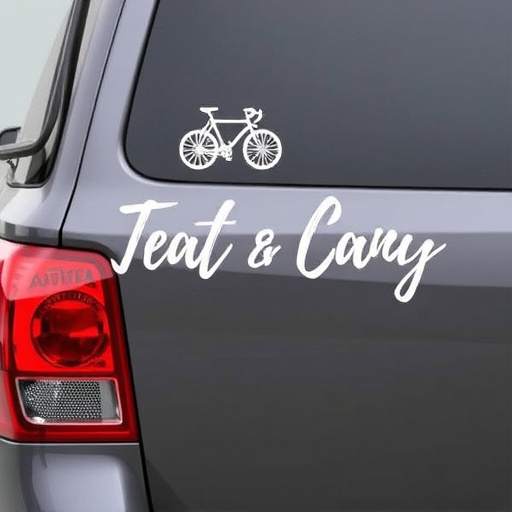
Heat rejection tinting is a cutting-edge innovation that offers numerous benefits for cars, homes, and commercial spaces. By using advanced technologies, this process significantly reduces heat gain, providing enhanced comfort and energy efficiency. One of the key advantages is its ability to block harmful UV rays, which not only protects interiors from fading but also minimizes the risk of skin damage caused by prolonged sun exposure.
The technology behind heat rejection tinting involves the application of special ceramic coatings or high-quality finishes on windows. Unlike traditional window tints, these advanced solutions are designed to reflect heat and infrared radiation back towards the source, preventing it from entering the building or vehicle. Custom vehicle wraps utilizing these technologies can transform any ride into a mobile oasis, maintaining a cool interior even under the harshest conditions. Ceramic window tinting, for instance, delivers superior performance while ensuring clear visibility, making it a popular choice for both residential and commercial applications, where aesthetics and functionality go hand in hand.
Heat rejection tinting is not just a luxury; it’s a smart investment for any space seeking enhanced comfort, energy efficiency, and protection from harmful UV rays. With its diverse applications in cars, homes, and commercial buildings, this innovative technology offers a wide range of benefits, from reduced cooling costs to improved interior aesthetics. As we look towards a future where sustainability is paramount, heat rejection tinting stands as a key component in creating healthier, more comfortable environments while minimizing our ecological footprint.
